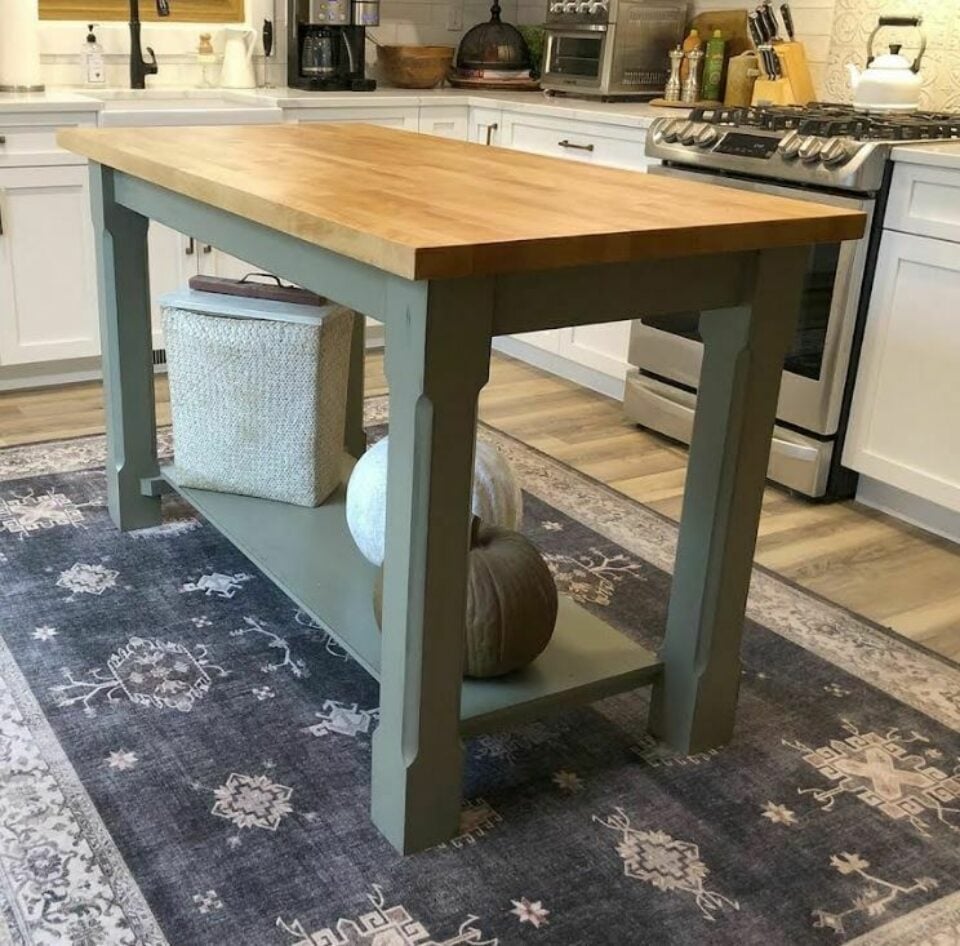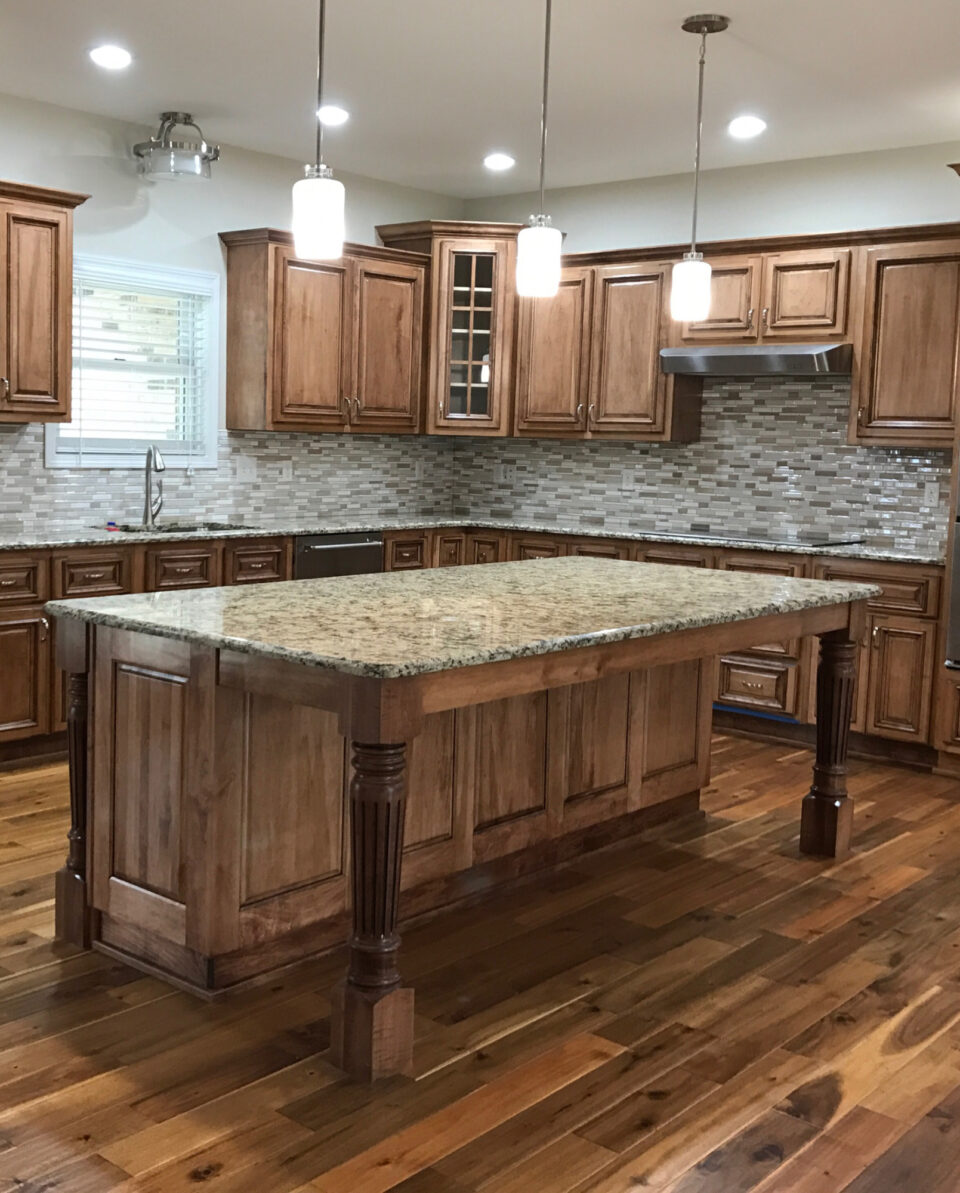Exactly how to Mount a Kitchen Island Leg for Maximum Security and Style
Exactly how to Mount a Kitchen Island Leg for Maximum Security and Style
Blog Article
The Relevance of a Sturdy Kitchen Area Island Leg in Producing a Practical Cooking Area
A durable kitchen island leg acts as an essential part in establishing a functional cooking environment, offering necessary support for both the counter top and various kitchen activities. The stability it provides can substantially reduce the threat of accidents in high-traffic areas, while likewise adding to the general visual coherence of the space. As cooking areas progress into multifunctional locations for cooking, dining, and socializing, the selection of materials and design factors to consider for island legs ends up being progressively important. Comprehending these elements can transform your kitchen into a safer and more effective location, prompting additional exploration into the best options available.
Advantages of Sturdy Island Legs
Giving crucial support, sturdy cooking area island legs play a critical role in boosting the performance and longevity of cooking area islands - kitchen island leg. These legs not only bear the weight of the counter top and any type of additional items positioned on the island, however additionally add to the general stability of the framework. A well-supported cooking area island makes sure that it continues to be practical and upright, even under hefty use, which is particularly essential in hectic kitchen area settings
Additionally, sturdy island legs can improve the aesthetic appeal of the cooking area. They supply a solid structure that can enhance different design styles, from modern to typical. This flexibility permits house owners to customize their kitchen area islands according to individual preference while guaranteeing that the architectural integrity stays uncompromised.
In enhancement to their encouraging duty, robust cooking area island legs can additionally improve safety and security. Eventually, investing in strong kitchen island legs is vital for a functional and aesthetically pleasing cooking area.
Materials for Kitchen Area Island Legs
When selecting products for kitchen area island legs, resilience and aesthetic allure are vital aspects to consider,. One of the most typical products consist of hardwood, metal, and engineered wood, each offering one-of-a-kind benefits.
Wood, such as cherry, oak, or maple, is a classic selection because of its toughness and timeless beauty (kitchen island leg). It can withstand substantial weight and is resistant to use, making it perfect for high-use cooking area atmospheres. Furthermore, wood can be tarnished or painted to enhance different kitchen designs
Metal legs, frequently crafted from stainless steel or functioned iron, provide a modern-day and industrial appearance. They are extremely solid and can sustain considerable loads while being immune to dampness and warmth, which is helpful in a cooking area. Steel legs can additionally be quickly cleansed, improving their practicality.

Style Factors To Consider for Security
The choice of products for kitchen area island legs straight affects the layout factors to consider for stability. When developing a kitchen island, it is paramount to assess the weight-bearing ability of the chosen products. Larger materials, such as strong timber or steel, usually give better security, especially under the stress of day-to-day use.
In addition, the leg style must integrate correct geometry to enhance stability. A broader base raises the support location, reducing the risk of tipping or tottering. Consideration ought to additionally be provided to the height of the legs; disproportionate leg lengths can lead to imbalance, jeopardizing the total security of the island.
In addition, the circulation of weight throughout the island is important. Making sure that the leg positioning lines up with the heaviest parts, such as kitchen counters and devices, will further boost stability.
Maintenance Tips for Durability

Cleaning is another crucial facet of upkeep. Depending upon the product of the legs-- whether wood, metal, or composite-- suitable cleaning techniques ought to be employed. For wood legs, a gentle wipe with a moist fabric and an appropriate timber cleaner will assist protect their finish. Steel legs may need a light polish to stop rust and preserve their gloss.
In addition, tightening bolts and screws regularly can make sure stability and protect against more information wobbling. Take into consideration reinforcing the legs with extra brackets or sustains to boost resilience if the kitchen island experiences hefty use. Using a protective surface or sealant can safeguard versus dampness and stains, prolonging the life-span of the legs. By following these upkeep suggestions, house owners can guarantee their kitchen island legs continue to be useful and robust for years ahead.
Choosing the Right Leg Design
Routine maintenance guarantees that kitchen area island legs stay useful and strong, but picking the right leg design is equally important for both aesthetics and support. The option of leg style can considerably influence the overall design and consistency of your cooking area.

Functionality is an additional critical element. Discover More Here For instance, thicker legs or those with a durable base can sustain much heavier counter tops and devices, boosting the island's utility. Conversely, slim legs might develop a ventilated appearance, ideal for lighter layouts however potentially much less supportive.
Verdict
In recap, the value of tough kitchen island legs can not be overstated in the development of a practical cooking area. These legs supply important assistance, enhance stability, and contribute to the general visual of the kitchen.
A sturdy kitchen island leg serves as a basic element in establishing a practical cooking setting, giving essential support for both the countertop and different kitchen activities.Giving crucial assistance, durable cooking area island legs play a critical role in boosting the capability and toughness of kitchen area islands. Eventually, investing in strong cooking area island legs is important for a functional and aesthetically pleasing cooking location.
Factor to consider must additionally be offered to the elevation of the legs; out of proportion leg lengths can lead to inequality, compromising the general stability of the island.
Wooden legs give heat and a classic look, while metal legs use find more information a modern and commercial feel.
Report this page